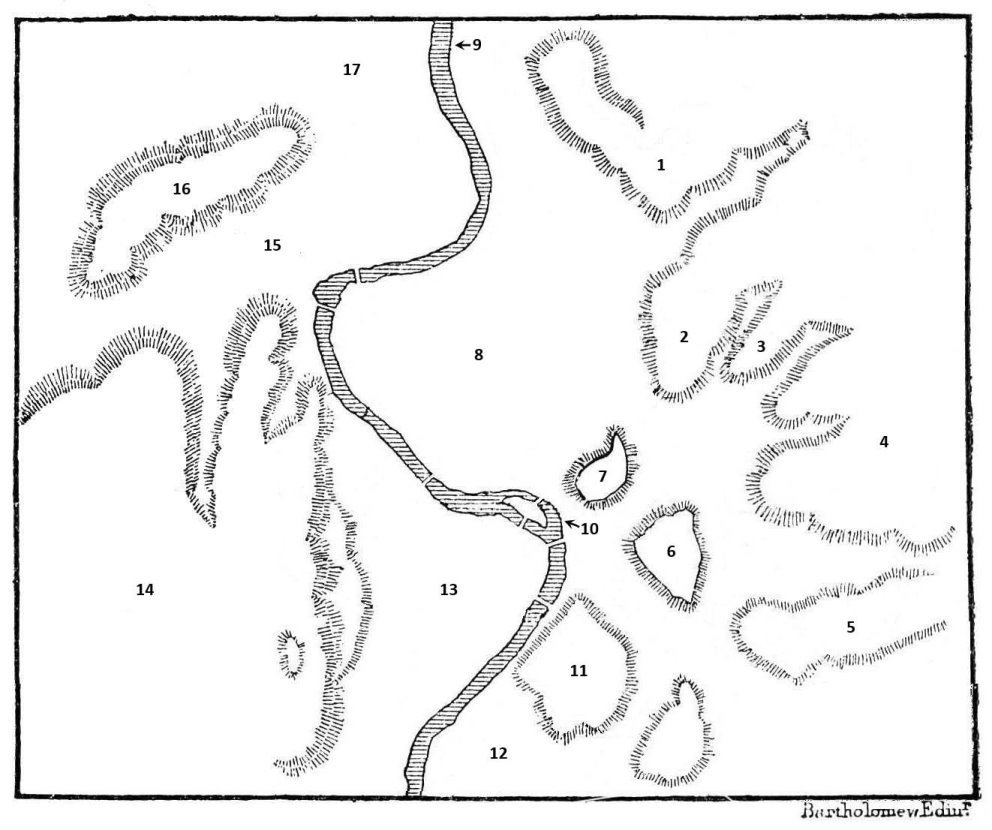NAME - The marshy flood-plain bounded by the loop of the Tiber, the Capitoline hill, and the straight-running Via Flaminia was consescrated to Mars, the god of war and father of Romulus and Remus.
ANTIQUITY - From the earliest Republic, male citizens would gather in the Campus for military exercises and assemblies.
- As often happens in the life of a city, open space becomes developed; the Campus Martius was no exception, once it was properly drained.
- Surviving remains of ancient structures include: the Theater of Pompey and its portico; the Theater of Marcellus; the Mausoleum of Augustus; the Pantheon; the Altar of Augustan Peace (Ara Pacis); and the Stadium of Domitian.
MODERNITY - The Campus Martius, unlike other areas of Rome, became densely inhabited after the 9th century, and served as the center of the late-medieval and Renaissance city.
- The area offers extraordinary examples of layering and repurposing, perhaps the best known being the transformation of Domitian's stadium, where St. Agnes was martyred (304 CE), into the Piazza Navona.
- Another famous piazza in the modern Campus Martius is the Campo de' Fiori (Field of Flowers, originally a meadow), just south of Piazza Navona. The Campo was sometimes the site of public executions: in 1600, the philosopher Giordano Bruno was burned alive as a heretic.
- Today, the Campo de' Fiori is home to one of the city's most famous open-air markets.
- The very southern part of the Campus Martius, by the Tiber Island, was the site of the Jewish Ghetto, established in 1555 to segregate the Jews within Rome.
|

